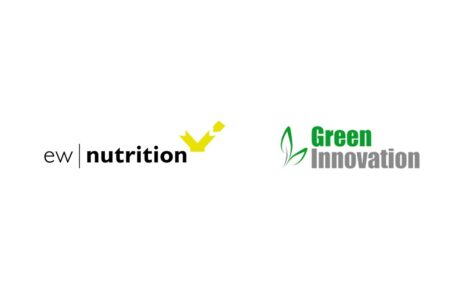



Maintaining Calf Growth Rates Through Winter
US - Adding a third feeding or using supplemental fat could maintain calf growth rate during the coldest months, meaning first lactation targets are hit.As winter winds hit US dairy farms, a Minnesota dairy cattle expert has advised that calves should be using protein for bone and muscle growth and not to keep warm.
This firstly means meeting energy maintenance levels - which are 15 per cent higher for Jersey calves – and secondly, ensuring a daily growth rate of 1-1.5 pounds (460-680 grams).
Noah Litherland, Assistant Professor at the University of Minnesota, says that cold stressed calves can result in first lactation dates being delayed. He has advised that feed promotes microbial fermentation, something that ‘does wonders’ for cold stressed calves.
“Starter intake is magical,” said Mr Litherland. “Microbial fermentation produces a large amount of heat, which is of course a challenge during heat stress, and becomes an important ally for cold stressed calves.”
Furthermore, Mr Litherland has advised supplemental fat in the first two weeks for growth rate.
A University of Minnesota trial found supplemental fat increased calf growth rate during the first three weeks of life.
Consequently, professor Litherland recommends adding a quarter pound of 60 per cent supplemental fat for the first two weeks.
Other options, such as the feed timings or simply increasing volume are recommended to promote growth.
“Feeding during the coldest time of the day will likely provide the biggest benefit,” said Mr Litherland.
“If you typically feed calves after the milking chores are completed, then consider feeding calves before milking when it is really cold. The warm milk and the energy from milk will have the greatest benefit if delivered when it is most needed.”
Stockmen could also increase feed volumes by a third at two feedings.
“This will deliver the same amount of nutrients as adding a third meal,” explained Mr Litherland.
But, he added: “The challenge is, some young calves may not be able to consume that much milk and large meal size may predispose calves to digestive upset and reduce starter grain intake.”
Professor Litherland also emphasised preventative measures to keep calves warm and free of infections, including calf jackets.
“Calf jackets are a must,” he stressed. “My rule of thumb is, if the ground has frozen and the calf is less than three weeks of age, then the calf must have a calf jacket.”
Michael Priestley
News Team - Editor
Mainly production and market stories on ruminants sector. Works closely with sustainability consultants at FAI Farms



